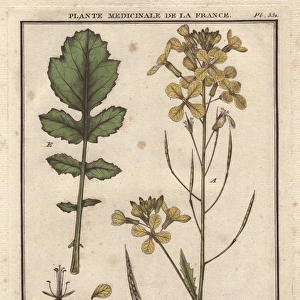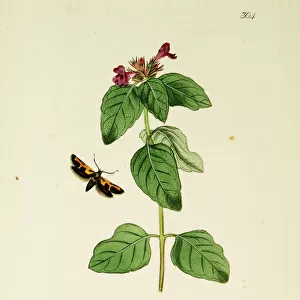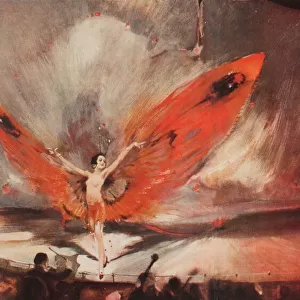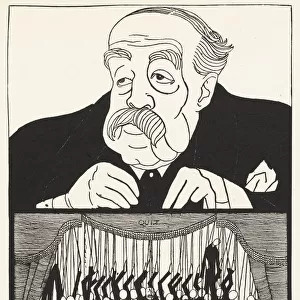Home > Animals > Insects > Butterflies > Related Images
Curtis British Entomology Plate 287
![]()

Wall Art and Photo Gifts from Mary Evans Picture Library
Curtis British Entomology Plate 287
Coleoptera: Masoreus luxatus = Masoreus wetterhalli (Portland Carabus) [Plant: Silene uniflora (Silene maritima, Sea Catchfly)] Date: 1824-39
Mary Evans Picture Library makes available wonderful images created for people to enjoy over the centuries
Media ID 23039140
© The Robin Symington Collection/Mary Evans Picture Library
1820s 1830s Butterflies Butterfly Carabus Catchfly Coleoptera Curtis Entomology Ledipotera Maritima Portland Silene Uniflora
FEATURES IN THESE COLLECTIONS
> Animals
> Insects
> Butterflies
> Related Images
> Animals
> Insects
> Related Images
> Mary Evans Prints Online
> New Images August 2021
EDITORS COMMENTS
This image is taken from John Curtis's seminal work, "British Entomology," specifically Plate 287, which was published between 1824 and 1839. The plate features a stunning depiction of the Coleoptera species, Masoreus luxatus, now recognized as Masoreus wetterhalli, also known as the Portland Carabus. The insect is shown in its natural habitat, perched atop the delicate petals of the Silene uniflora, commonly known as the Sea Catchfly or Sea Campion. The Masoreus wetterhalli is a large, brightly colored ground beetle, with a distinctive elongated body and powerful mandibles. This particular species is endemic to the coastal areas of southern England, making it a prized find for entomologists and naturalists of the time. The accompanying plant, Silene uniflora, is a low-growing, coastal plant with distinctive, star-shaped, pink or white flowers. The Sea Catchfly derives its name from the sticky, mucilaginous nectar found within its flowers, which was believed to trap and retain water, making it an essential source of sustenance for maritime insects. John Curtis, FLS, was a renowned English botanist and entomologist, who dedicated his life to the study and documentation of the natural world. His meticulously detailed illustrations, like this one, were produced during the 1820s and 1830s, a time when the scientific community was making significant strides in the fields of botany and zoology. This print offers a glimpse into the rich biodiversity of the British Isles during the 19th century, and serves as a testament to the importance of documenting and preserving the natural world for future generations.
MADE IN THE USA
Safe Shipping with 30 Day Money Back Guarantee
FREE PERSONALISATION*
We are proud to offer a range of customisation features including Personalised Captions, Color Filters and Picture Zoom Tools
SECURE PAYMENTS
We happily accept a wide range of payment options so you can pay for the things you need in the way that is most convenient for you
* Options may vary by product and licensing agreement. Zoomed Pictures can be adjusted in the Cart.





